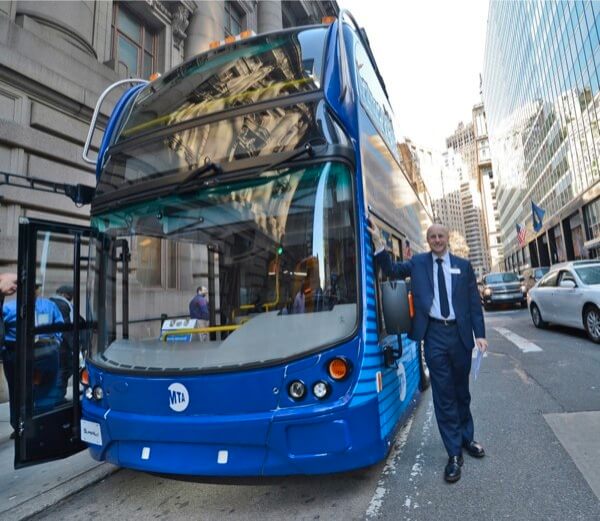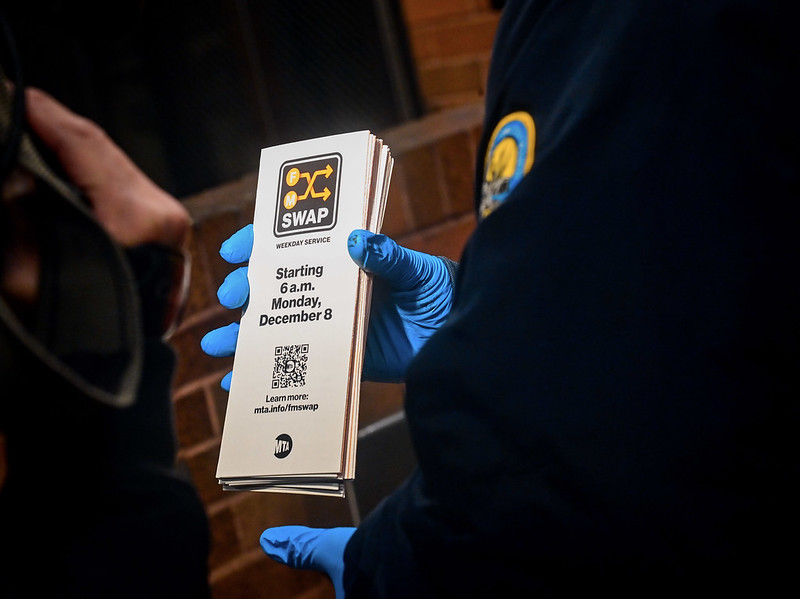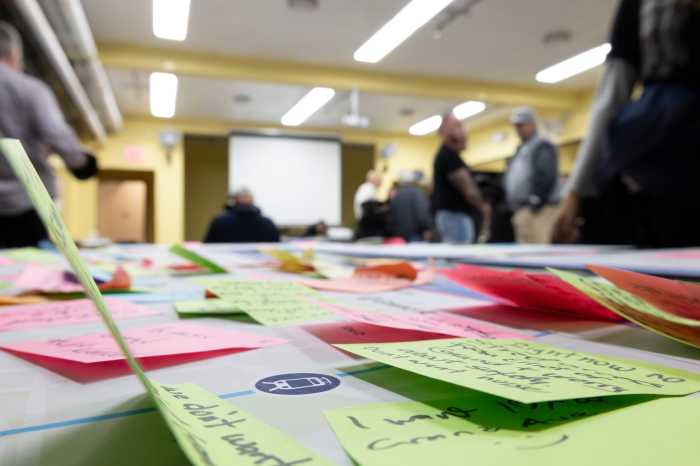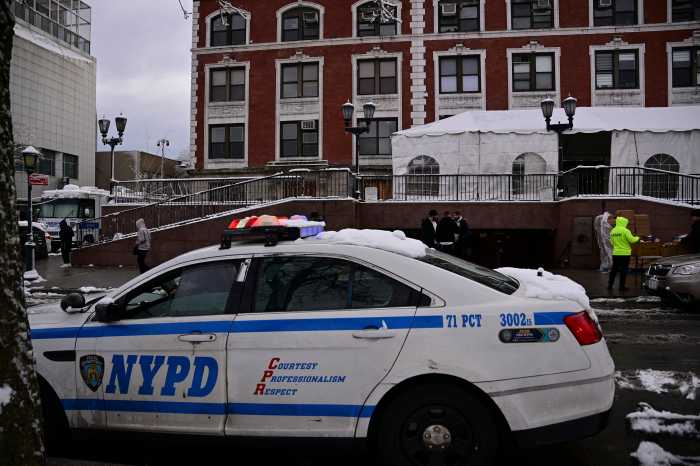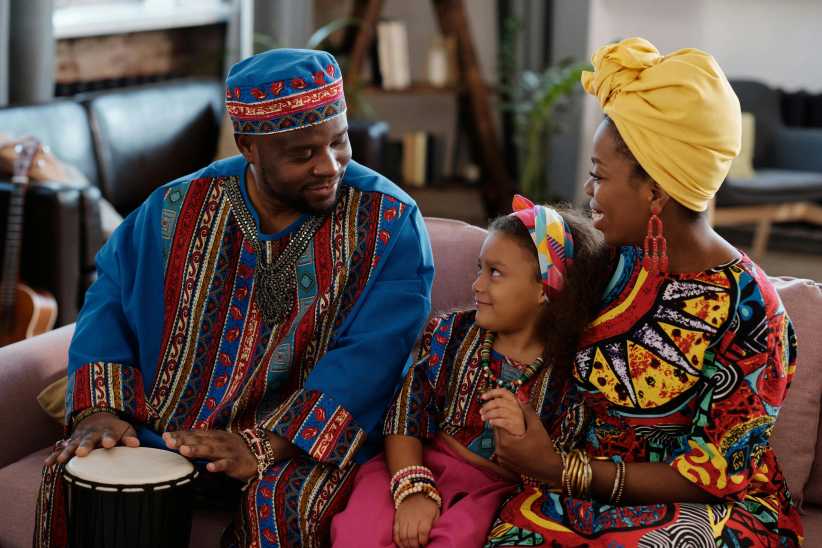By Mark Hallum
Buses across the city are getting an upgrade that will increase the capacity for riders and better link them via redesigned routes to other lines and forms of transportation.
The Metropolitan Transportation Authority unveiled a sleek fleet of double-decker buses, among other models, which address issues of congestion and raised hopes in Queens that public transportation would improve in some underserved areas of the borough.
“We’ve listened to our riders’ concerns and are working tirelessly to create a world-class bus system that New Yorkers deserve,” Byford said. “We’re targeting challenges like traffic congestion and enforcement, undertaking bold initiatives like redesigning the entire route network, and pursuing advancements such as the latest computer-aided management, double-decker and electric buses, all-door boarding, and improved customer service with more real-time data. Our customers will start to see changes this year and we will never stop improving this critical component of New York City’s transportation landscape.”
Byford said at an MTA board meeting Monday that the plan, which includes all-door boarding, will serve to get people riding the buses again and seems to answer the calls of advocates and elected officials for sweeping change.
Riders Alliance, the transit advocacy group, has long called for all-door boarding on buses, which reduces idle time at stops and speeds the process of boarding.
City Comptroller Scott Stringer came out with a report in December calling the issues pertaining to bus riders as “the other transit crisis” and not nearly as publicized as the subway meltdown.
Falling ridership, major slowdowns, and a bus infrastructure in decline are having an effect across the five boroughs,” Stringer said. “If we’re going to have a thriving economy tomorrow, we need to rebuild our bus system today. Of course, we have to focus on our subways, but we need to have a bus system that is the envy of the world.”
The routes will change to create better connectivity, update space between stop as well as bring more direct service to every community.
Although specifics have not yet been released, route changes may be welcome in some Queens communities such as Oakland Gardens where there is no subway access.
City Councilman Barry Grodenchik (D-Oakland Gardens) called for the restoration of Q75 bus service between Bayside and Jamaica in October in light of the lack of transit options in his district.
“In my district, we have no subway service and rely on MTA buses to get around,” Grodenchik said. “It’s the MTA’s duty to prioritize restoration in areas where bus service is so critical. More transit options for the people of eastern Queens need to be funded to ensure our borough continues to progress. ”
While only certain routes will get the double-decker buses with the program piloting in Staten Island in the spring, the MTA’s fleet will eventually be replaced by new zero-emissions, electric buses.
Electronic kiosks will show wait times for buses, a luxury only provided at Select Bus Service stops at this time.
“As the largest bus system in North America, we recognize our critical role in New York’s transportation infrastructure,” said MTA Bus Company President and NYCT Department of Buses Senior Vice President Darryl C. Irick. “This plan ensures that all our bus operations now and far into the future are customer-centric and nimble enough to adapt to the changing city.”
Reach reporter Mark Hallum by e-mail at mhall

